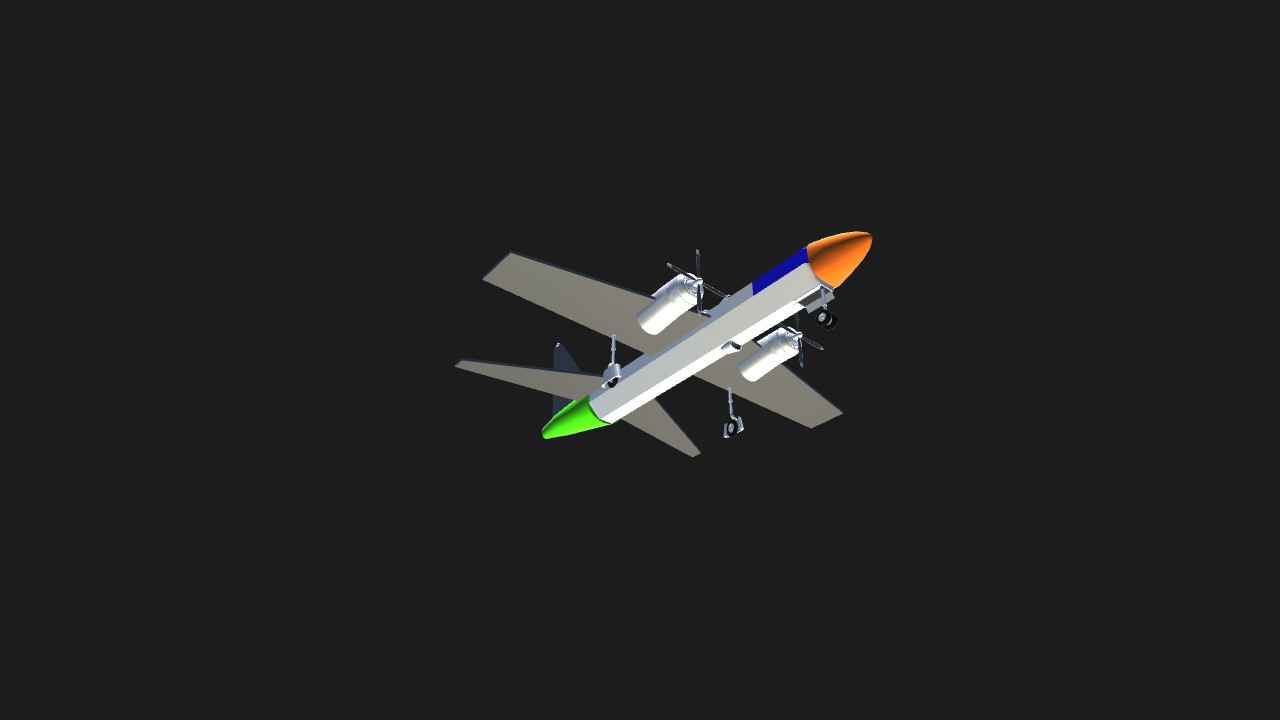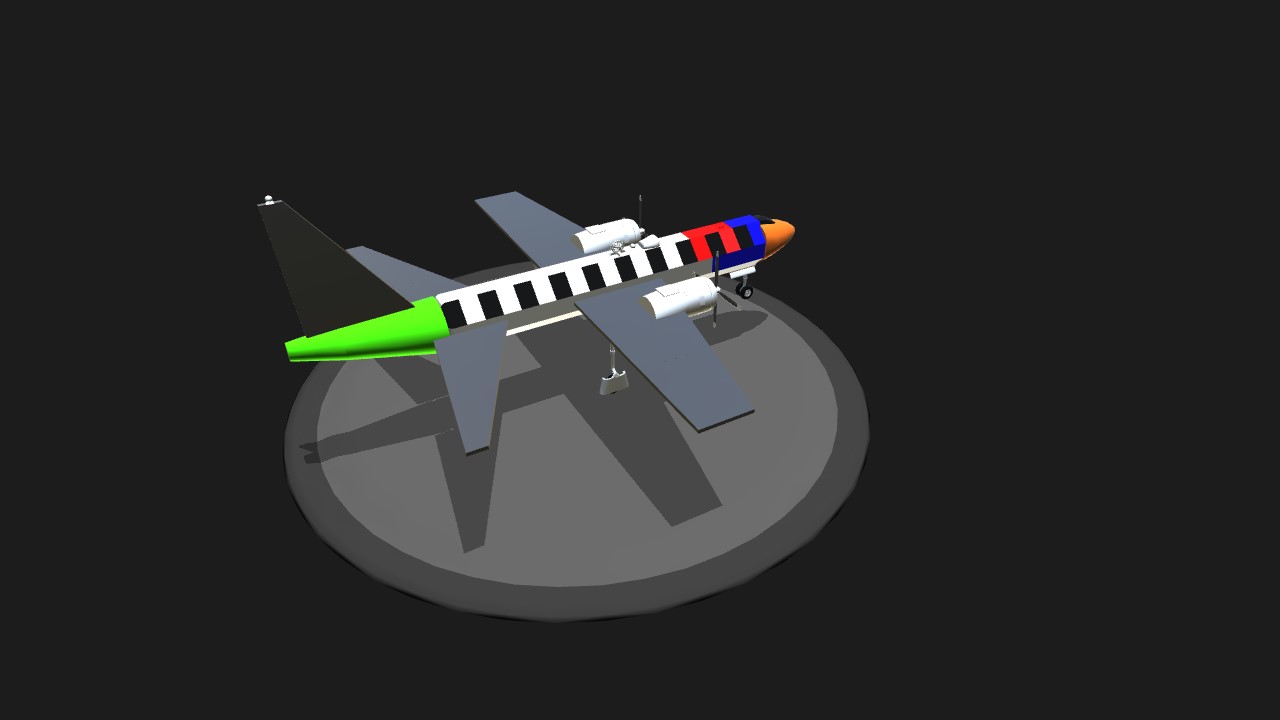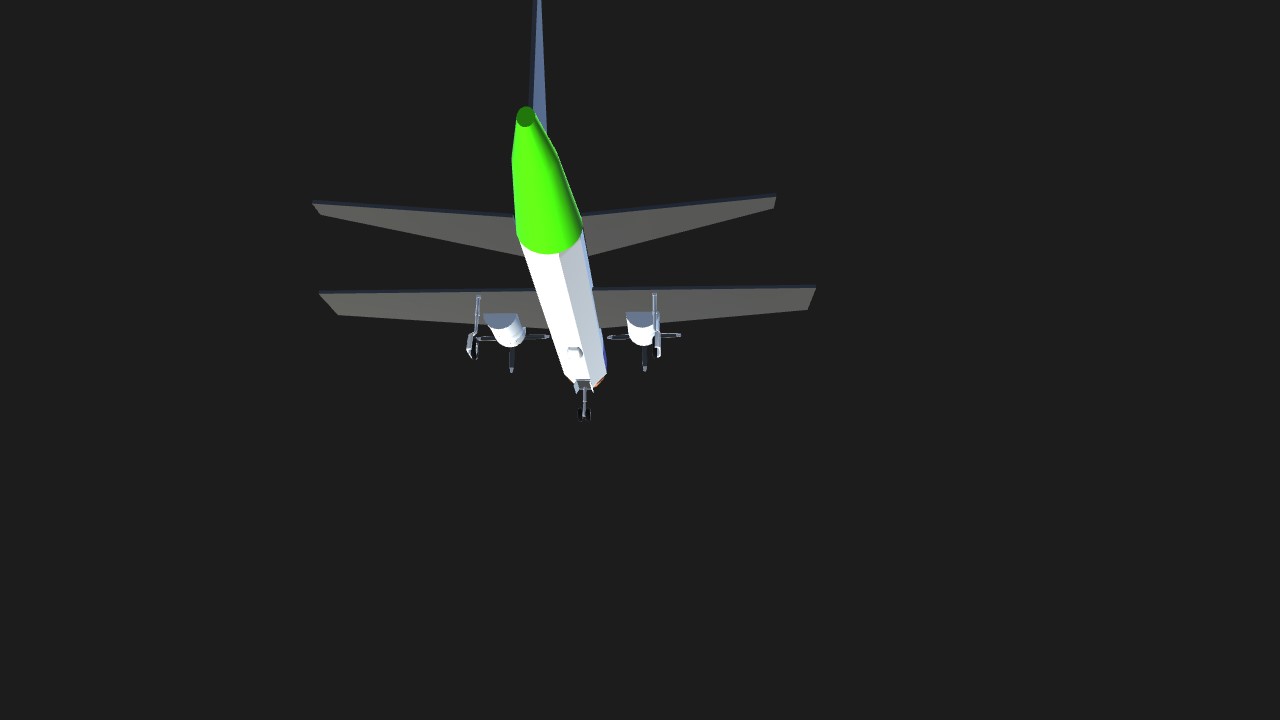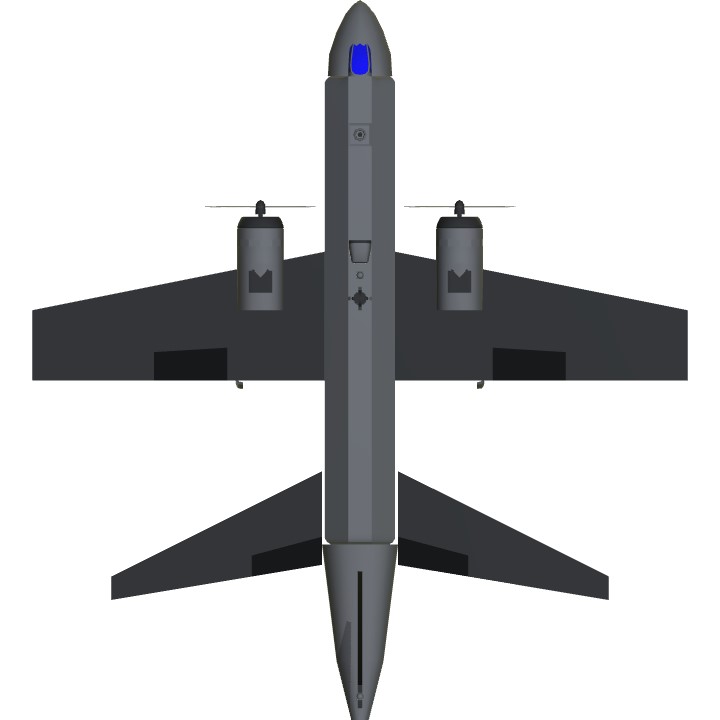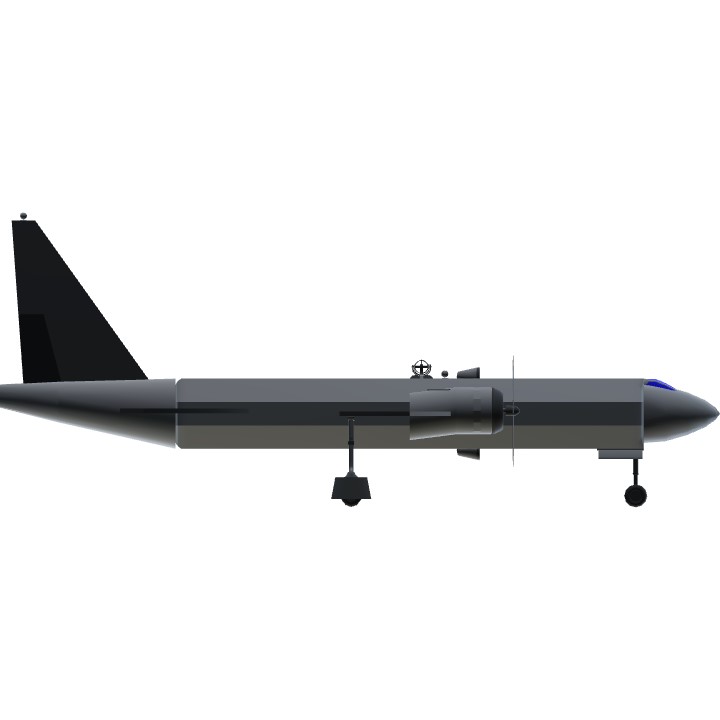The Saab 2000 is a twin-engined high-speed turboprop airliner built by Saab. It is designed to carry 50–58 passengers and cruise at a speed of 665 km/h (413 mph). Production took place in Linköping in southern Sweden. The Saab 2000 first flew in March 1992 and was certified in 1994. The last aircraft was delivered in April 1999, a total of 63 aircraft being built. By July 2018, 24 Saab 2000s were in airline service. In December 1988, Saab decided to build a stretched derivative of its successful Saab 340 twin-turboprop regional airliner. The new aircraft was planned to meet a perceived demand for a high-speed 50-seat turboprop with good climb performance which could operate over short- and medium-range routes with similar block times to jet aircraft while retaining the efficiency provided by turboprop engines. The new airliner, called the Saab 2000, was formally launched in May 1989, with Saab already having firm orders for 46 aircraft and options for a further 147.[3] The aircraft was assembled at Saab's Linköping factory, with major subcontractors including CASA, who built the aircraft's wings, Short Brothers, who built the rear fuselage and Valmet who built the aircraft's tail surfaces.[4] The Saab 2000 first flew on 26 March 1992 and entered into scheduled airline service in September 1994, a few months after its certification by the Joint Aviation Authorities in March and the Federal Aviation Administration in April.[5][6]The Saab 2000 has a 15% greater wingspan than the Saab 340,[3] and being 7.55 metres (24 ft 9 in) longer can carry up to 58 passengers in a high-density layout and 50 with a more comfortable 32 inches (81 cm) seat pitch.[5][3] The 2000 was the first commercial aircraft to use the Allison GMA 2100 turboprop engines, which are derated to 3,390 kW (4,550 shp) for the plane.[7] One engine was mounted on each wing, as in the 340, with the engines placed further from the fuselage than those of the 340 to reduce cabin noise.
Specifications
General Characteristics
- Created On iOS
- Wingspan 45.7ft (13.9m)
- Length 50.4ft (15.4m)
- Height 20.7ft (6.3m)
- Empty Weight N/A
- Loaded Weight 18,631lbs (8,451kg)
Performance
- Power/Weight Ratio 0.603
- Horse Power/Weight Ratio 0.214
- Wing Loading 39.8lbs/ft2 (194.3kg/m2)
- Wing Area 468.2ft2 (43.5m2)
- Drag Points 4598
Parts
- Number of Parts 186
- Control Surfaces 5
- Performance Cost 517

